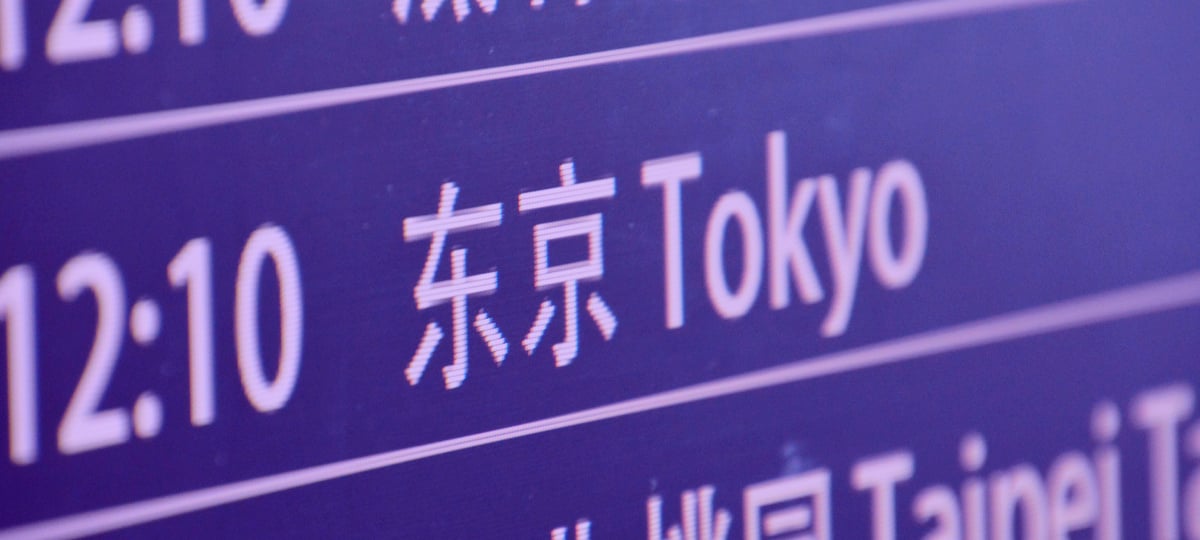Culture | Professional Development
Efficient Team Communication
By: X-Team
September 17, 2018 2 min read

Introduction
How often have you tried to express an idea within a team and failed?
The answer, surprisingly, might be related to the way you express yourself and not necessarily to the point you want other people to see.
In this article, we will explore three simple topics that will boost your confidence and help you close the gap asynchronous communication brings especially for remote developers.
Communication - the human connection - is the key to personal and career success.
- Paul J. Meyer
Definitions
Let's start by defining two concepts that will help us understand the importance of communication: the first one is required for you to get a job, but the second will set you apart from others in your field.
Hard skills
The skills you cannot perform without, i.e. the ones needed to be competent at a certain job; e.g.:
- A degree or certificate (depending on the employer)
- Proficiency in a foreign language
- Being able to do back-end architecture design
Soft skills
The skills you develop over time when dealing with situations that put you in the spotlight; e.g.:
- Work ethic
- Efficient communication
- Leadership
- Self-empowerment
Goals
As we get to know more of efficiency in terms of communication, we have to set some goals in order to measure our progress.
Each one of them promotes a guideline that relates to others understanding your message.
Good practices
The advantage of having a team that communicates with each other is having people who interact with the goal of sharing; e.g.:
- Feedback
- Recognition
- Trust
- Support
Clear expectations

By providing a detailed update to the team you are working with, they can get a realistic perspective of what to expect from you.
And in case of any kind of blockers, this is a good opportunity to start a discussion and to get others to help you resolve them.
Concise messages

By providing a direct description of what you are trying to get out of the other person, you can avoid those generic back and forth greetings.
This is especially helpful when it comes to asynchronous communication due to the time saved by not having to wait for a response coming from someone in a different time zone. Let's face it - nobody wants to wait ~3 days for an issue to be resolved.

In fact, given this is my first post ever written for ✖-Team, I asked the person in charge to help me bring this article to life.
(And it only took a weekend ;) -- The Person in Charge)
Conclusion
Expressing yourself efficiently can be tricky, and sometimes the message will not serve its purpose, which could make other people upset. Try to be convincing by letting your team be aware of your perspective regarding a topic, but do not forget to make emojis your BBFs! 🤜🤛
TABLE OF CONTENTS



